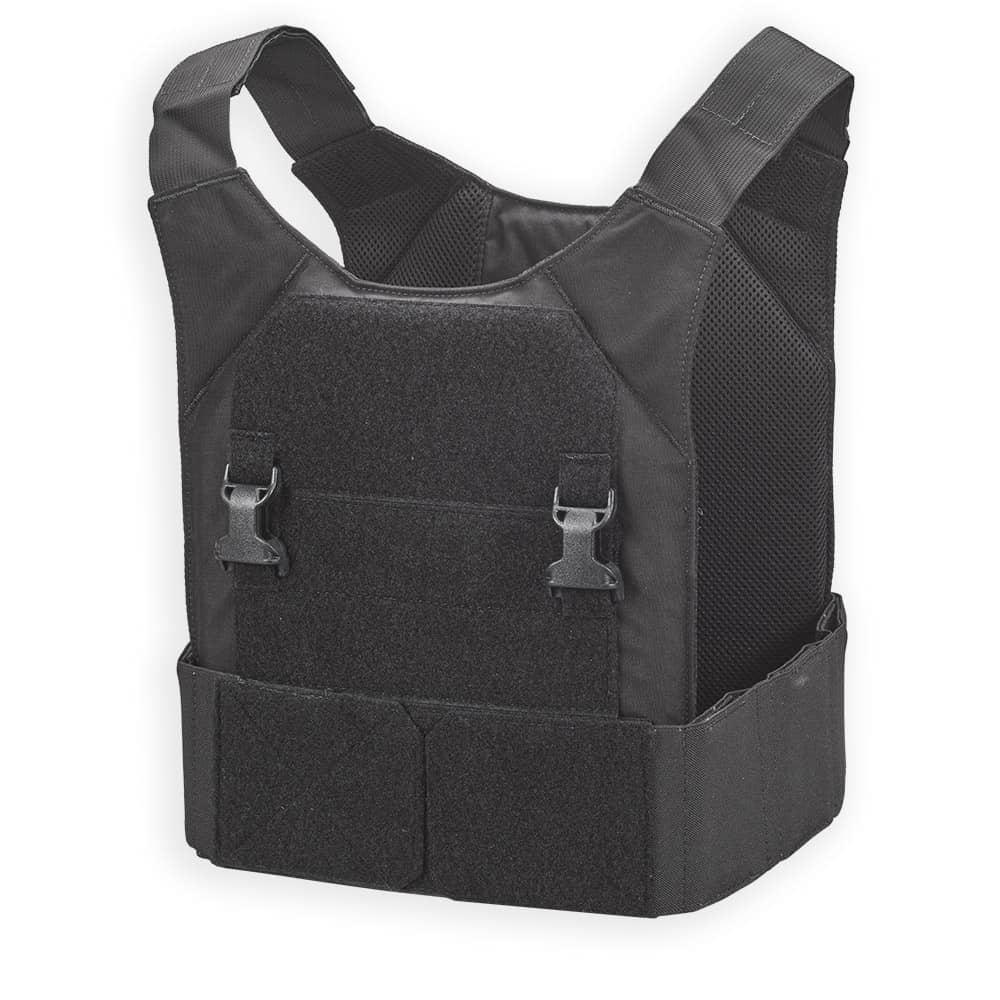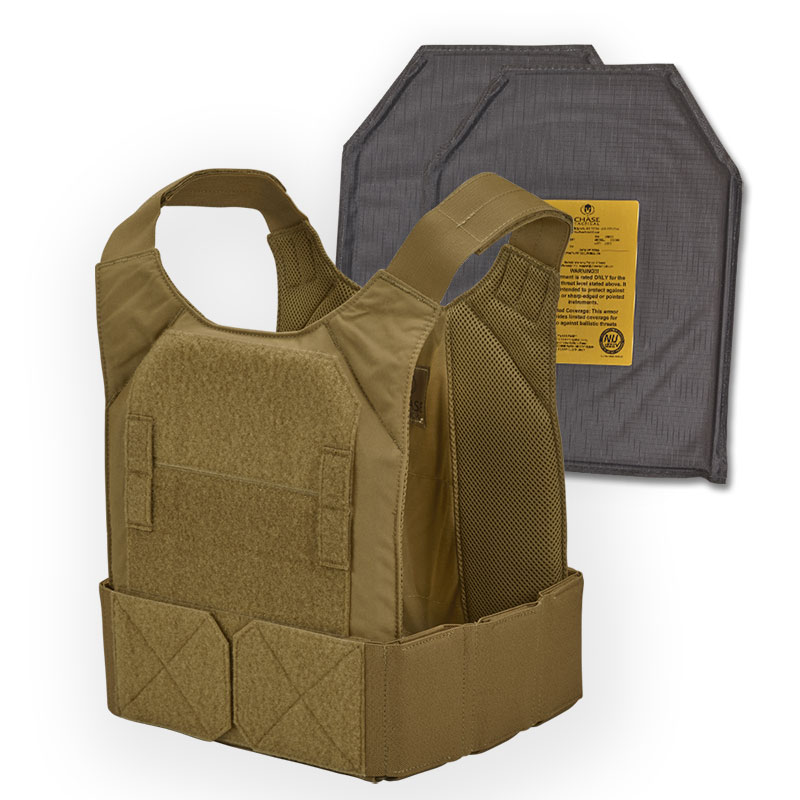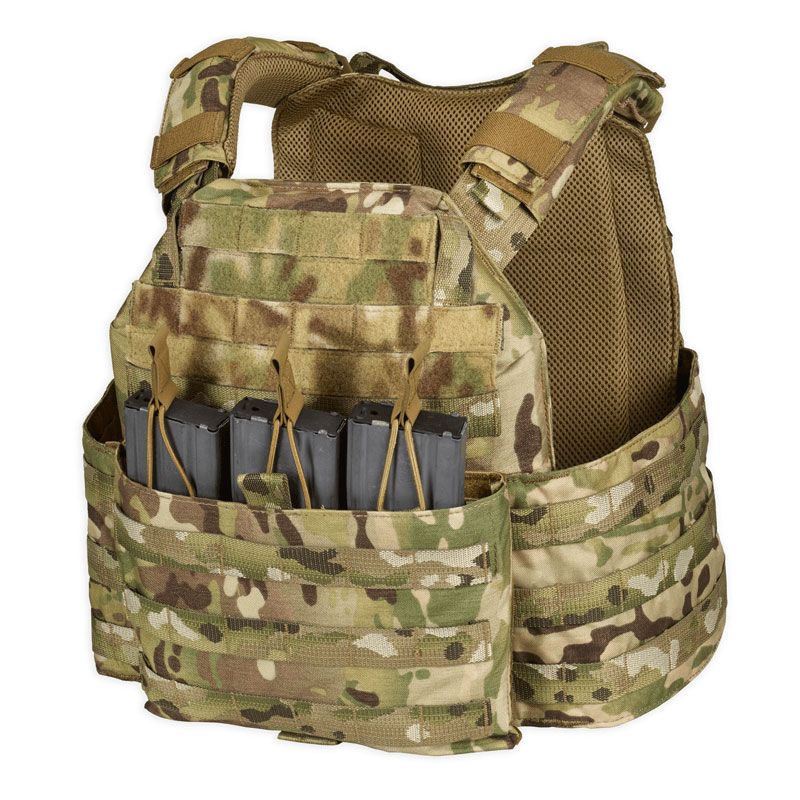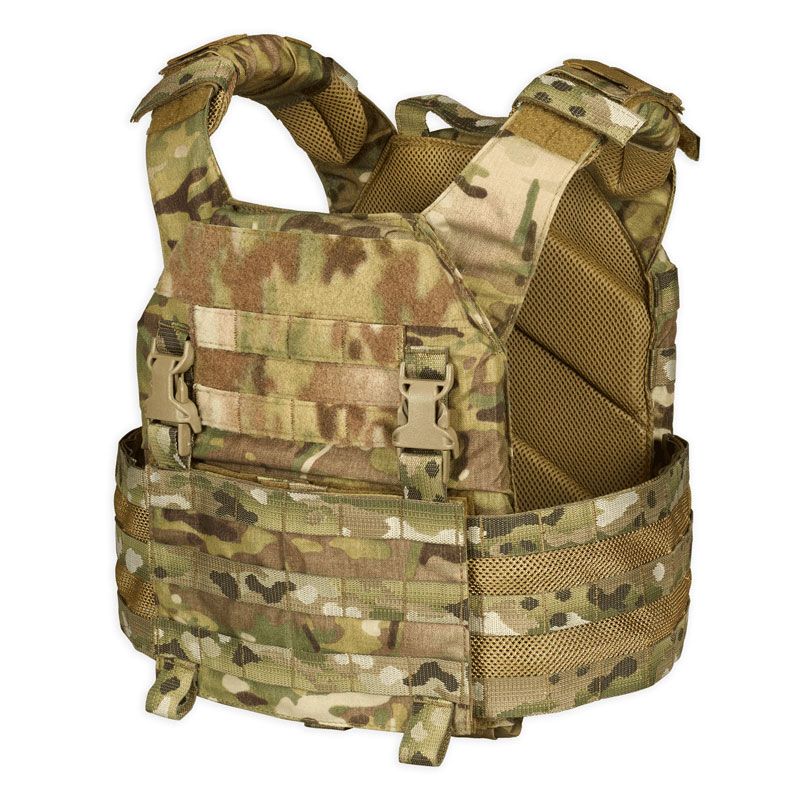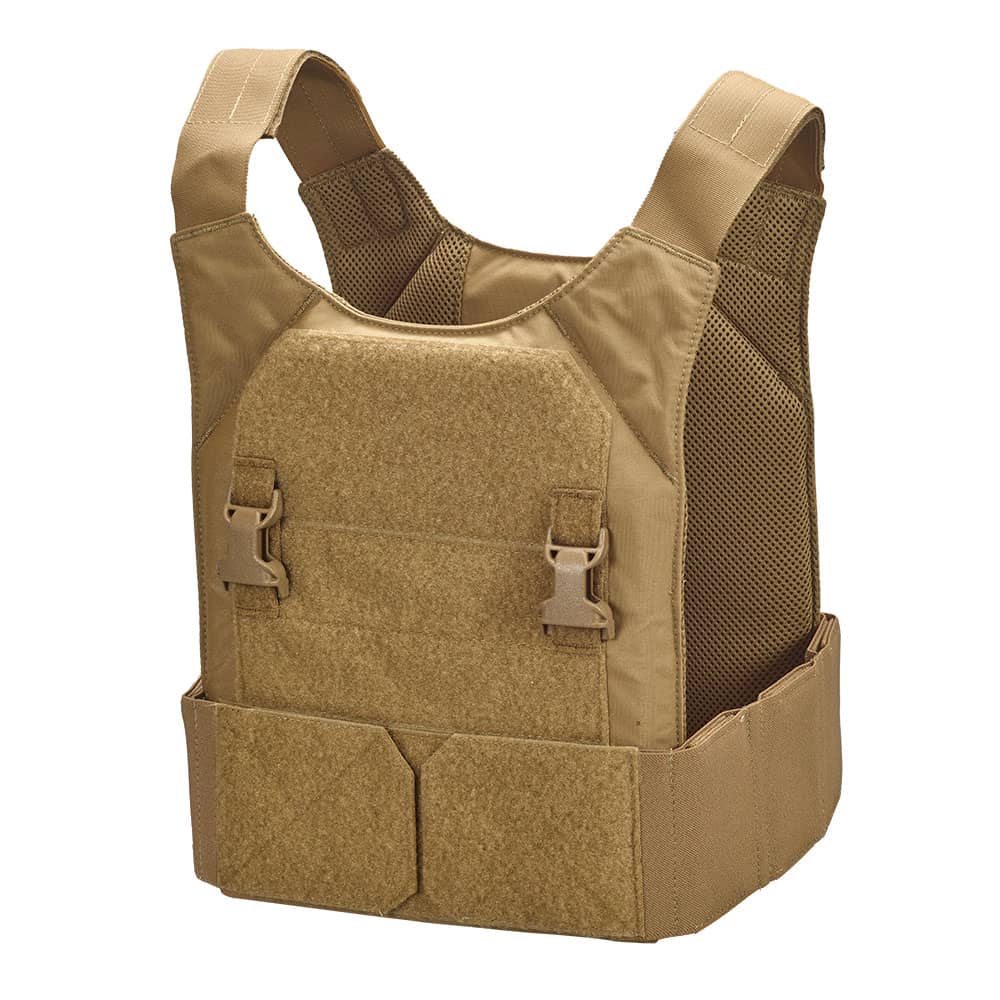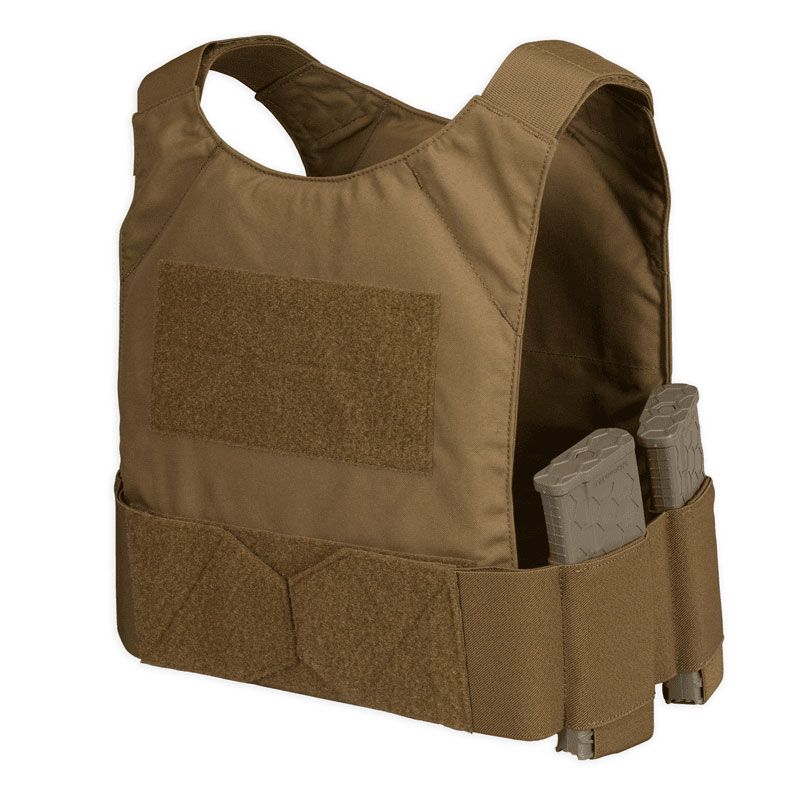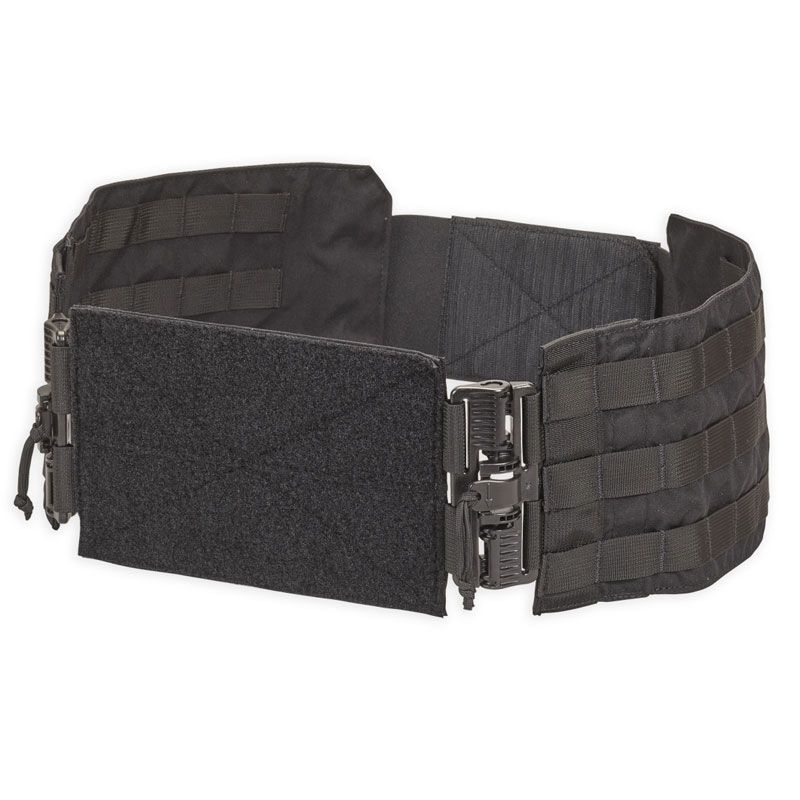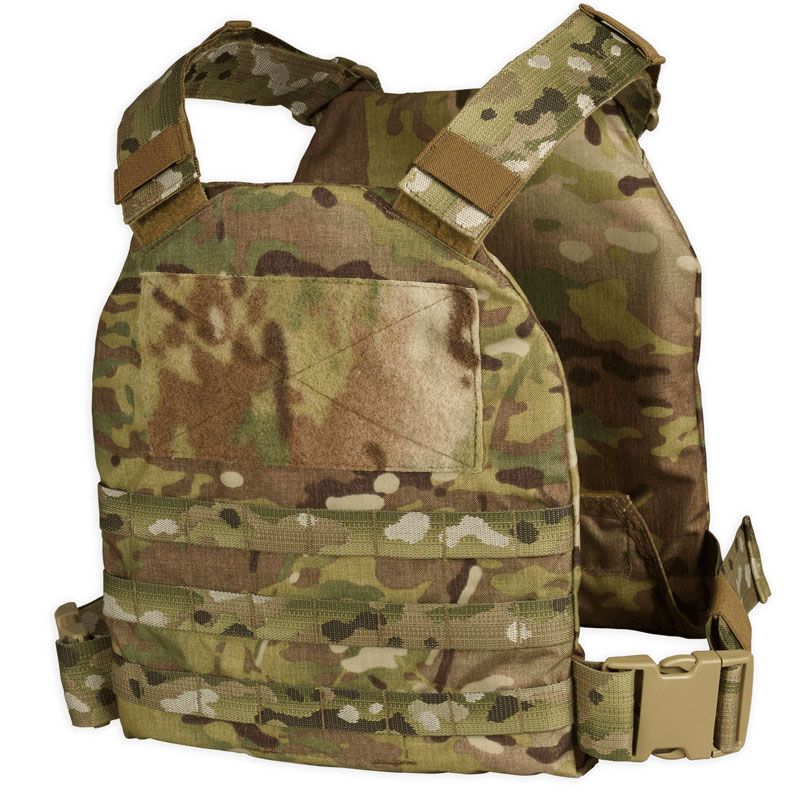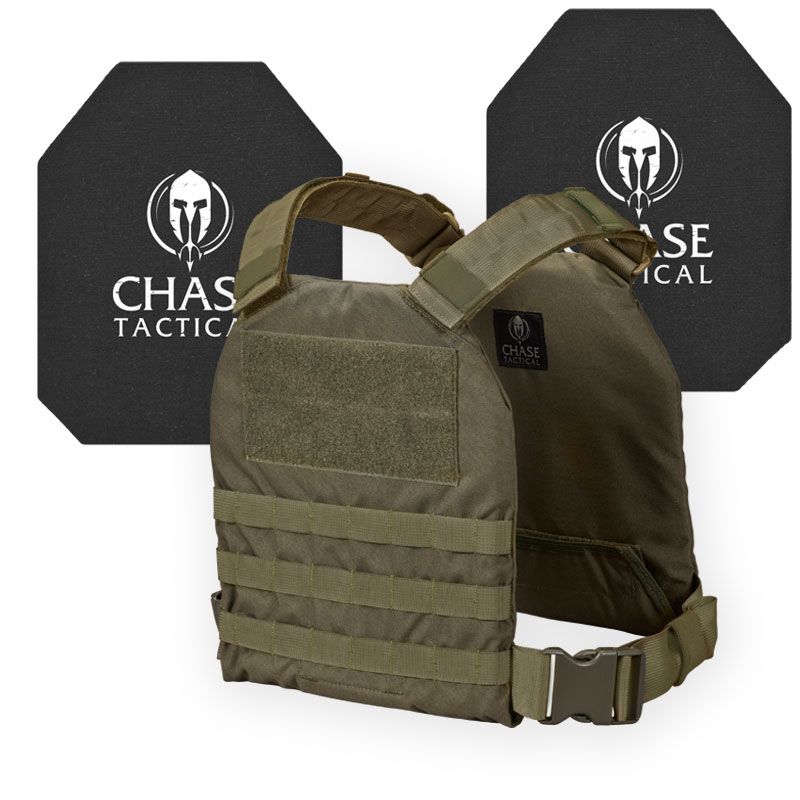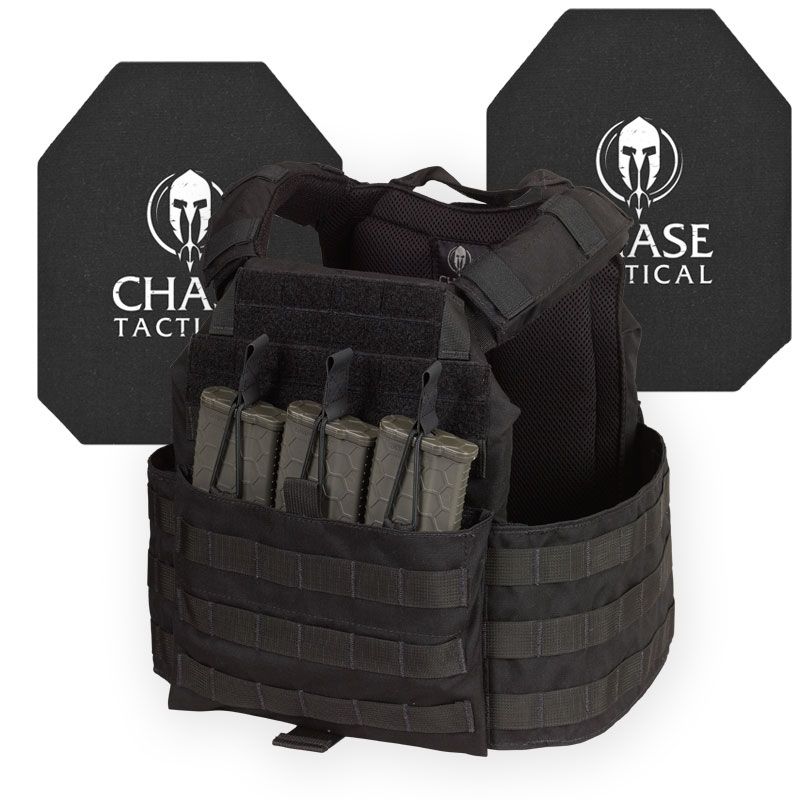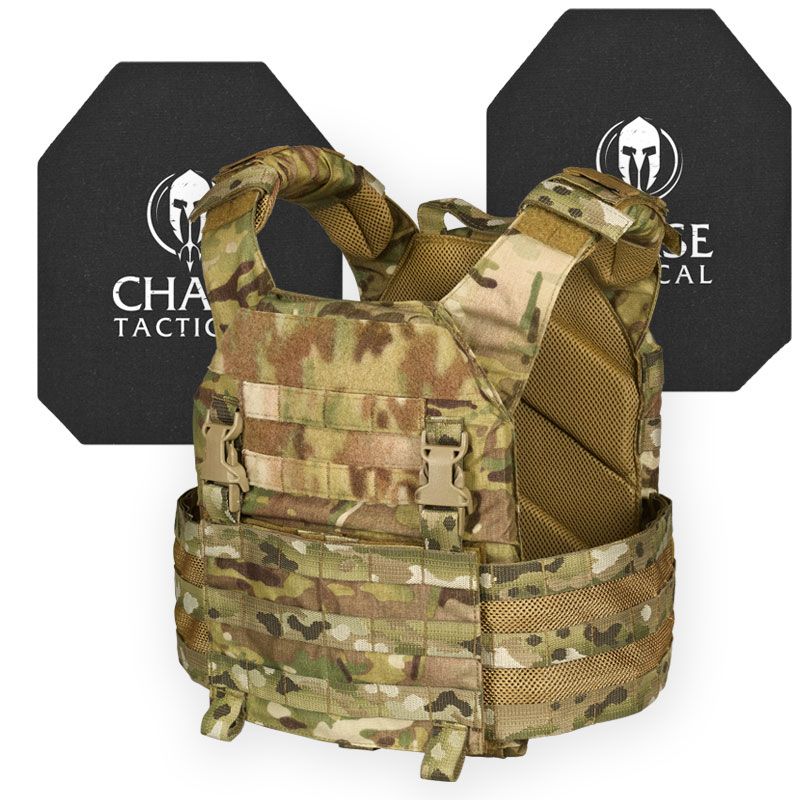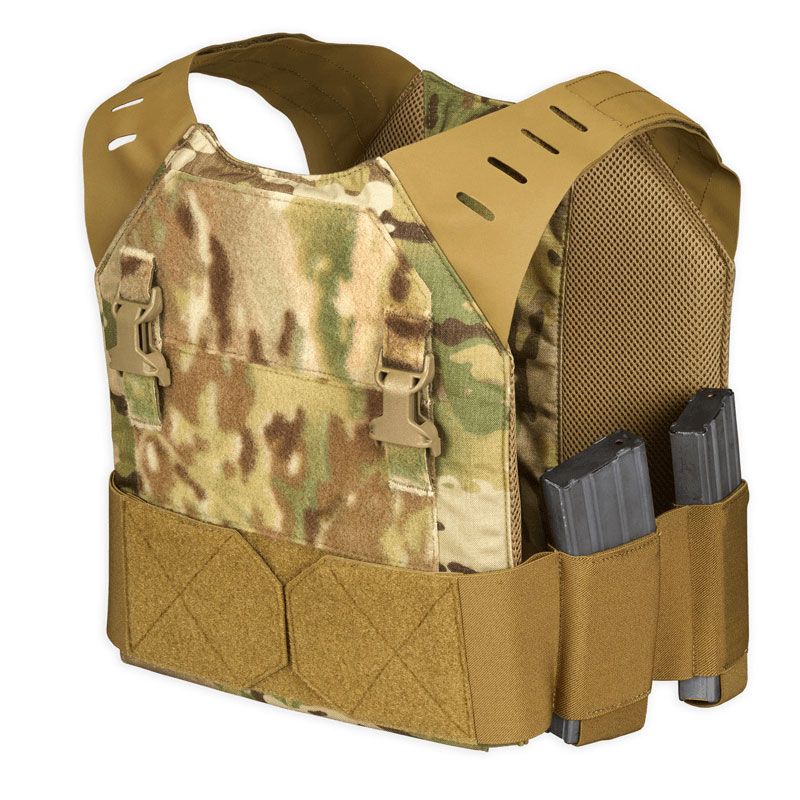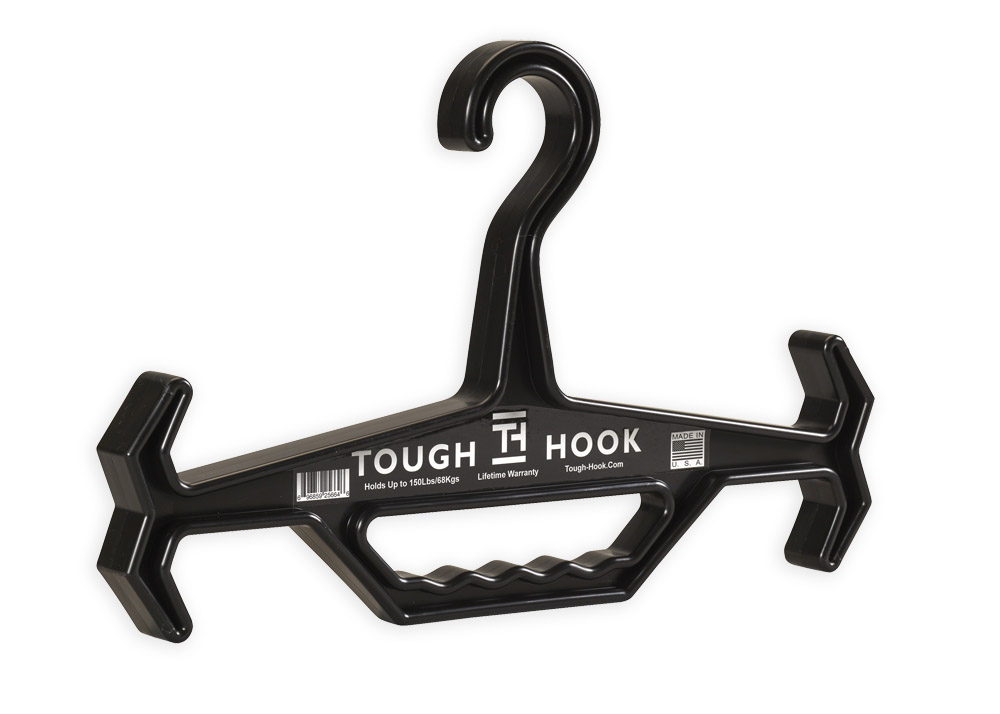Showing 1–12 of 13 resultsSorted by latest
Plate Carriers
Modular, Concealed, designed in the U.S.A. & Combat Proven.
Chase Tactical plate carriers are made of high-quality nylon manufactured with the highest quality U.S. sourced materials and designed to endure and outlast any mission. Satisfaction guaranteed.
Filter by price
Filter by brands
Color
Size
Plate Carriers
Shop now for the most durable Tactical Plate Carrier or bulletproof vest fitted with adjustable straps, a cummerbund, padded shoulders, and quick release for durability, protection and comfort. Add multiple functional accessories in stock online such as ballistic plates, flashlights or any other MOLLE webbing pouch.
A plate carrier is a type of tactical gear worn by military personnel, law enforcement officers, and civilians for protection and carrying equipment. It is a vest-like garment designed to hold ballistic plates that provide protection against bullets and projectiles. The plates, usually made of ceramic or composite materials, are inserted into pockets on the front and back of the carrier. The carrier itself is often made of durable nylon or other synthetic materials and features adjustable straps for a secure and comfortable fit. Our Plate carriers are commonly used in combat situations and other high-risk environments where personal protection is essential.
While both plate carriers and chest rigs are used in tactical scenarios, they serve different purposes and have distinct features.
A plate carrier, as mentioned earlier, is designed to hold ballistic plates for protection against bullets and projectiles. It provides a high level of personal protection and is commonly used by military personnel and law enforcement officers. Plate carriers typically have pockets on the front and back to hold the plates and often feature additional molle webbing or pouches for carrying extra equipment and accessories. The focus of a plate carrier is primarily on protection and load-bearing capabilities.
On the other hand, a chest rig is a lightweight and modular system that focuses on carrying ammunition, magazines, and other essential gear. Unlike plate carriers, chest rigs do not provide ballistic protection. They are designed to distribute the weight of equipment evenly across the chest and shoulders, allowing for quick access to magazines and other items while keeping the user agile and maneuverable. Chest rigs are commonly used by soldiers, hunters, and outdoor enthusiasts who prioritize mobility and ease of use over ballistic protection.
Determining the correct size for a plate carrier depends on your body measurements and personal preferences. Here are some general guidelines to help you choose the right size:
- Measure your chest circumference
- Check our sizing charts on each product page
- Consider plate carriers with adjustable straps and cummerbunds
A plate carrier should fit snugly and securely while allowing for a full range of motion. Here are some guidelines on how a plate carrier should fit:
- The front and back plates should cover your vital organs, particularly your heart, lungs, and other high-risk areas.
- The shoulder straps should be adjusted so that the plate carrier sits comfortably on your shoulders.
- The plate carrier should fit snugly to your body without being overly tight. It should allow for easy movement of your arms, shoulders, and torso.
- The cummerbund, which wraps around your midsection, should be adjusted to provide a secure fit but not too tight.
- The plate carrier should stay securely in place during movement. It should not shift or bounce excessively
Yes, a plate carrier is a type of bulletproof vest. The carrier is designed to hold ballistic plates that provide protection against bullets and projectiles. The plates, typically made of materials like ceramic or composite, are inserted into pockets on the front and back of the carrier. These plates are capable of stopping or reducing the impact of bullets and other ballistic threats, thereby offering a level of ballistic protection to the wearer. However, it’s important to note that the level of protection provided by a plate carrier depends on the type and quality of the plates used.

